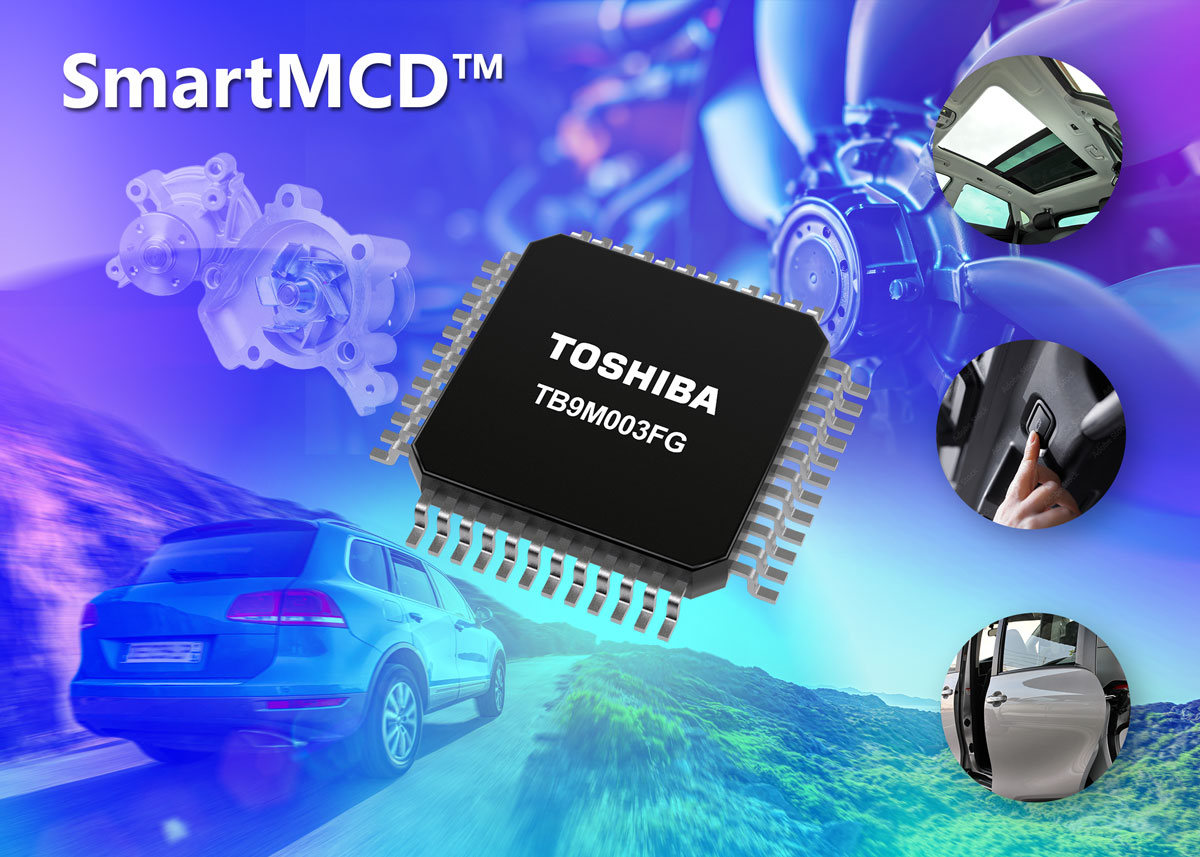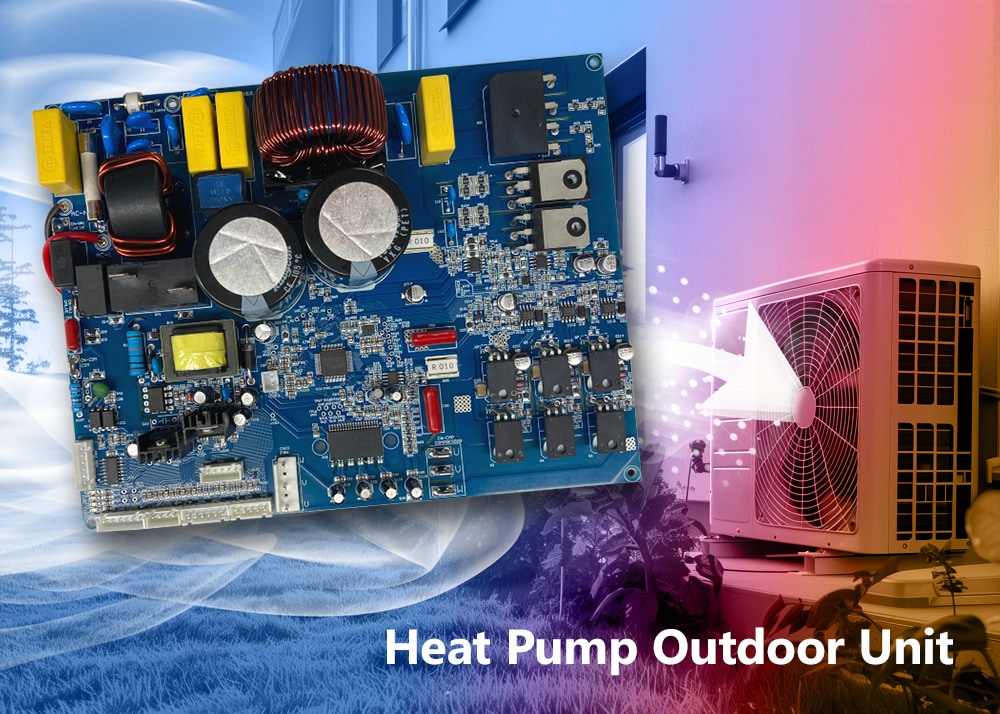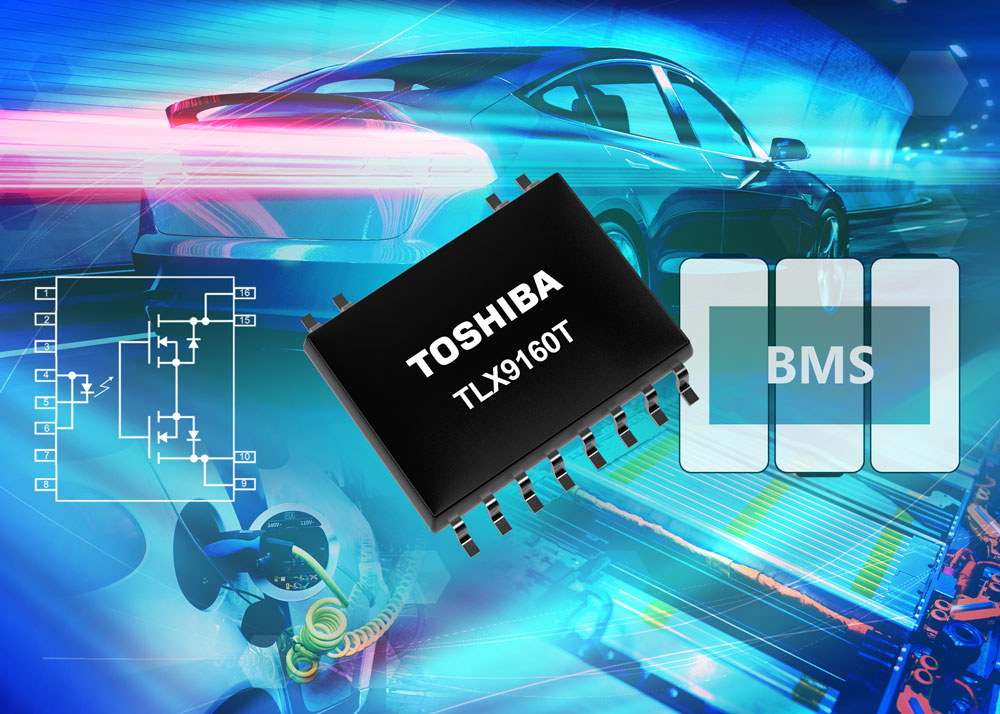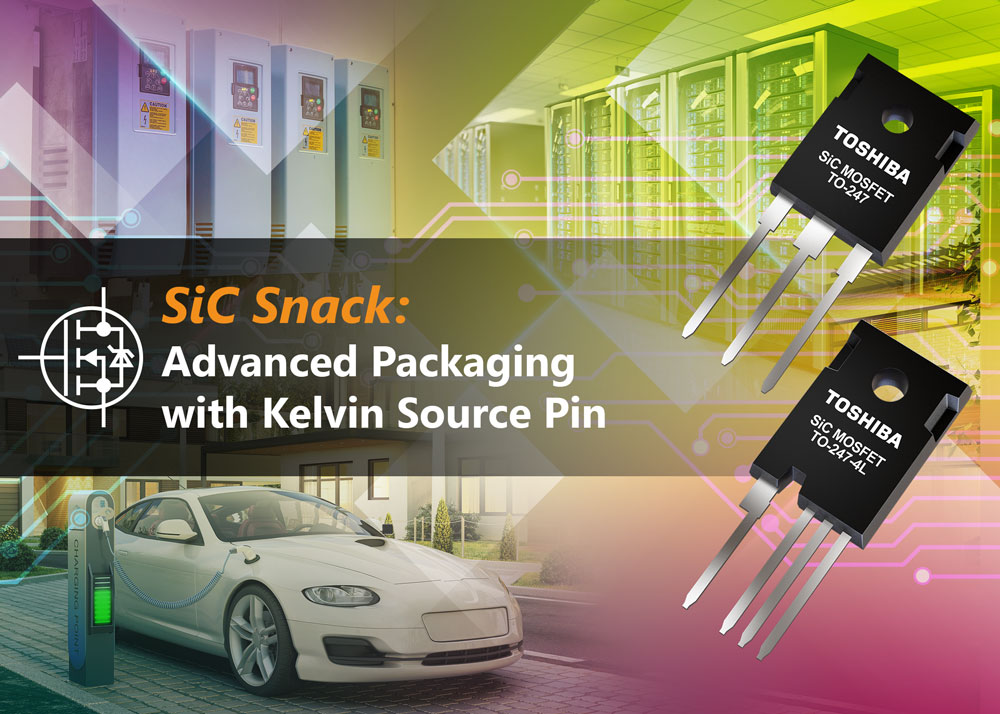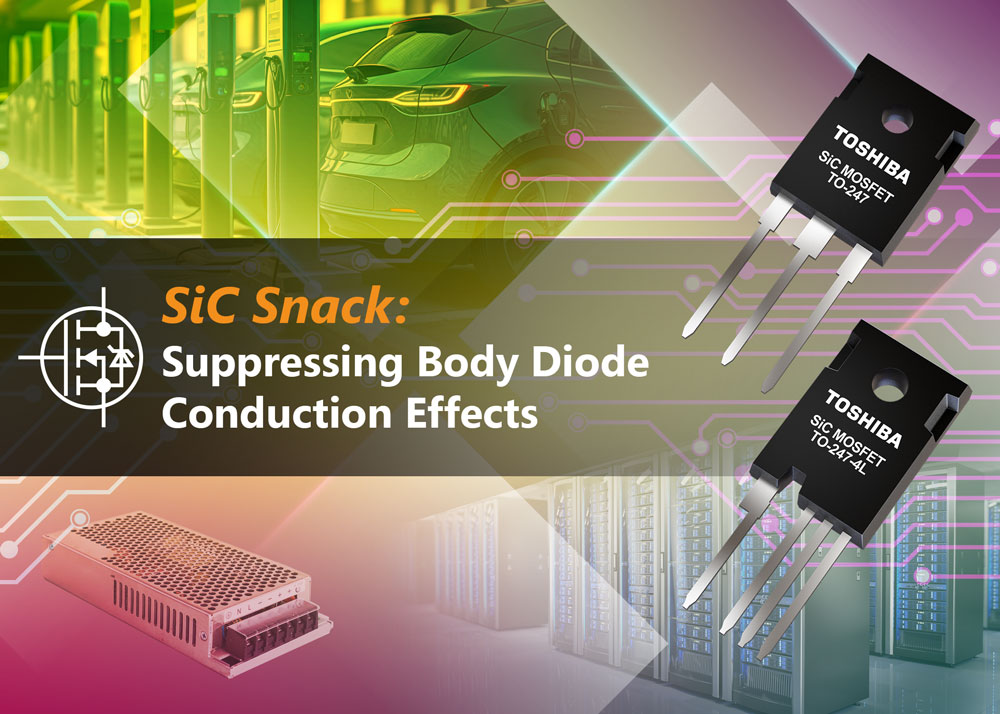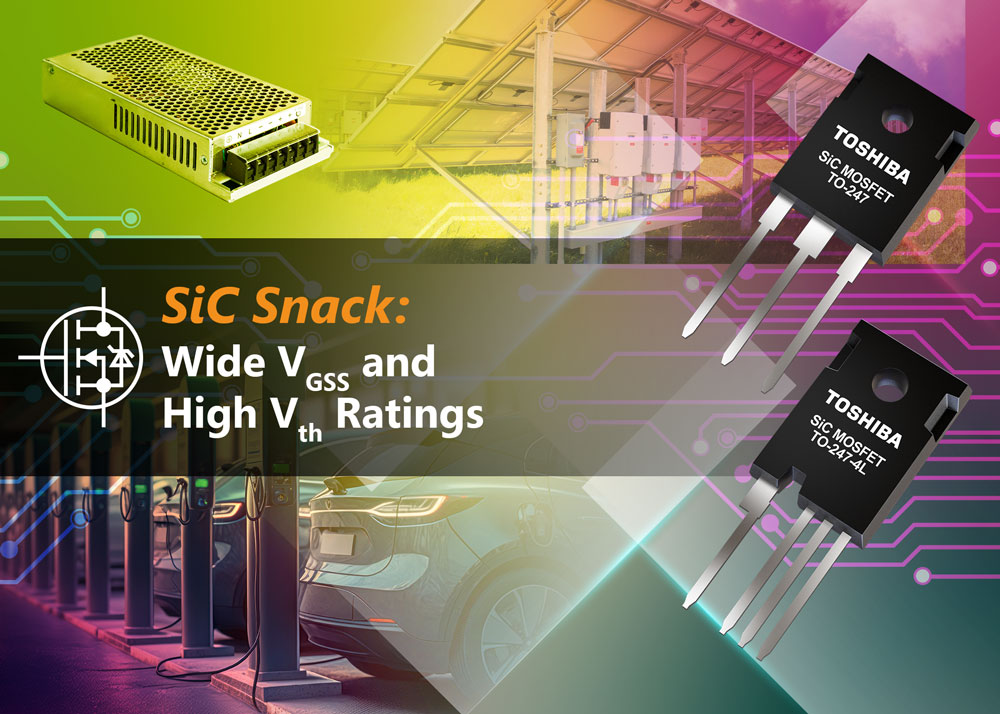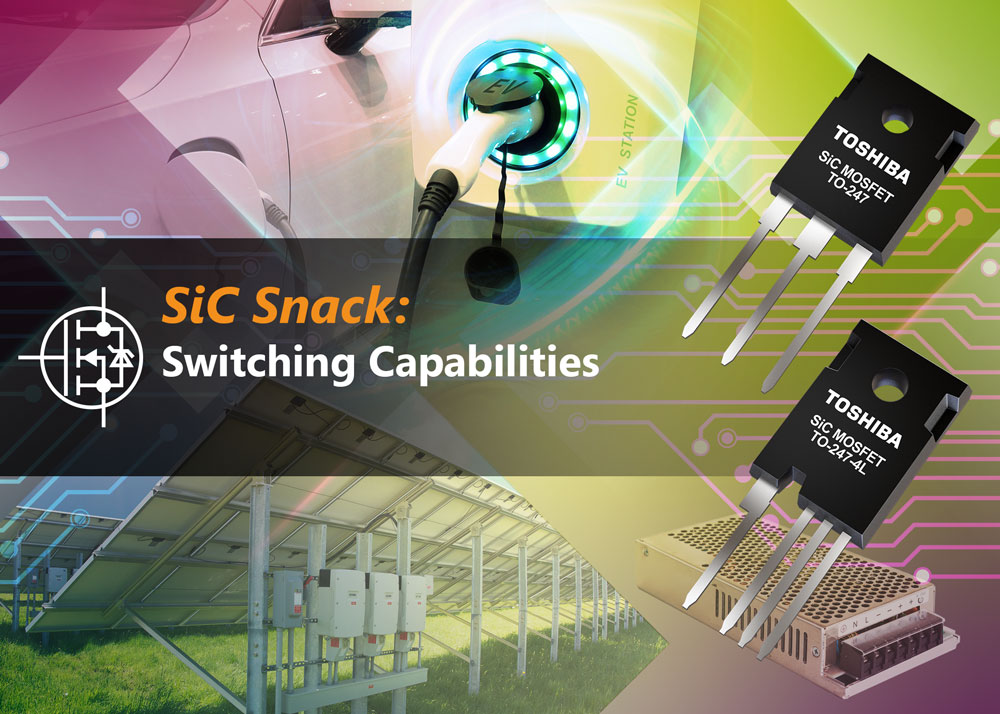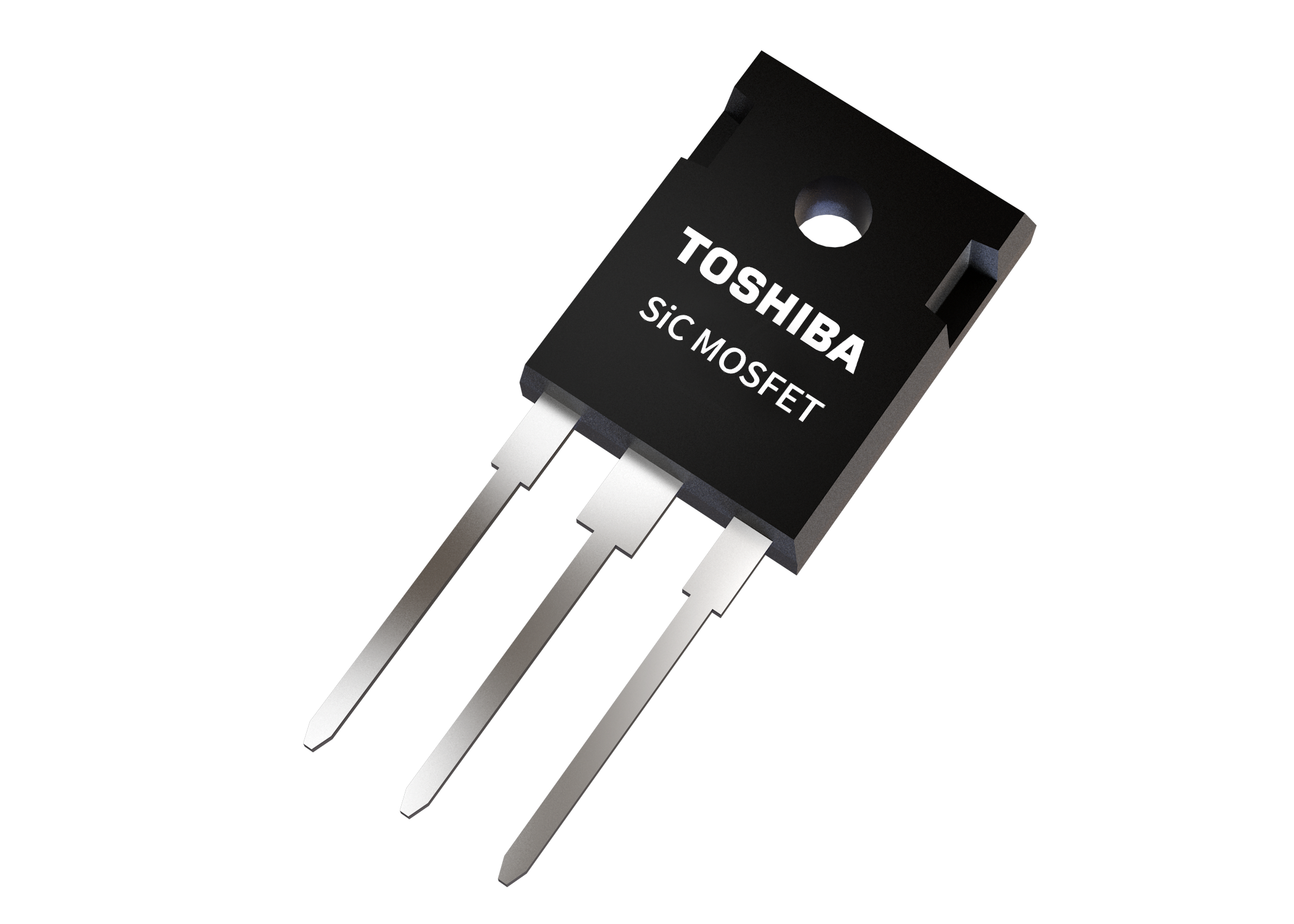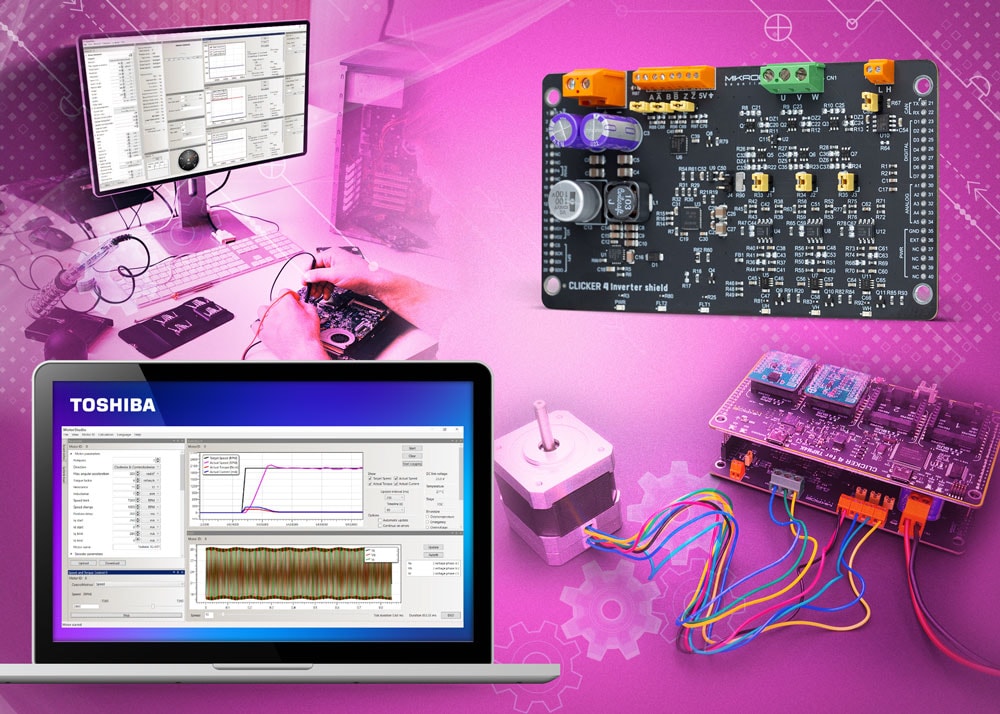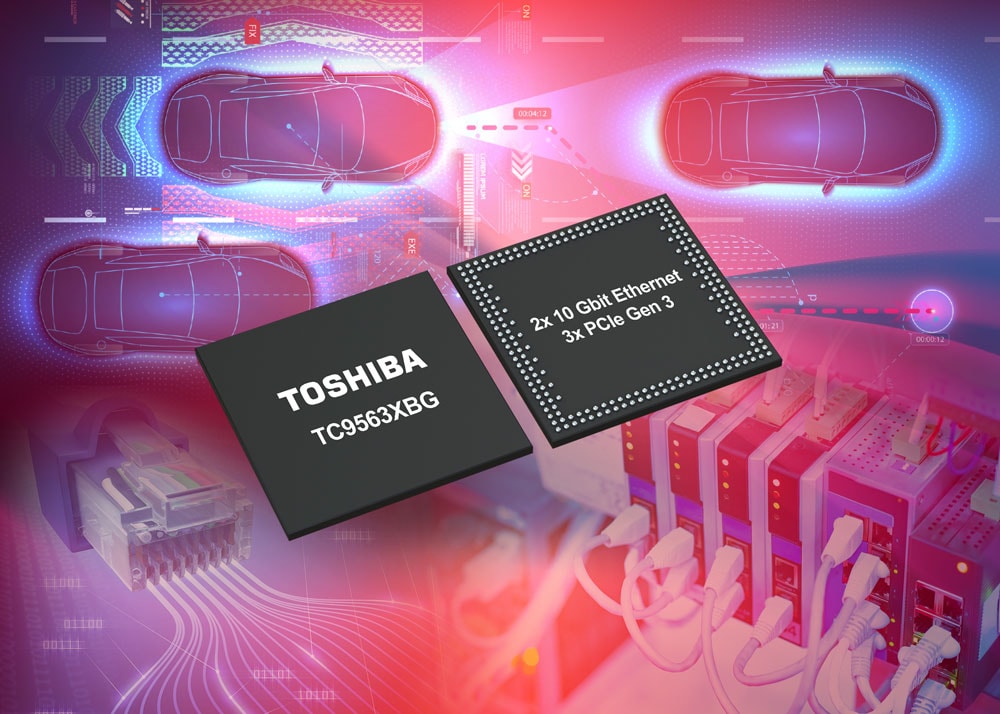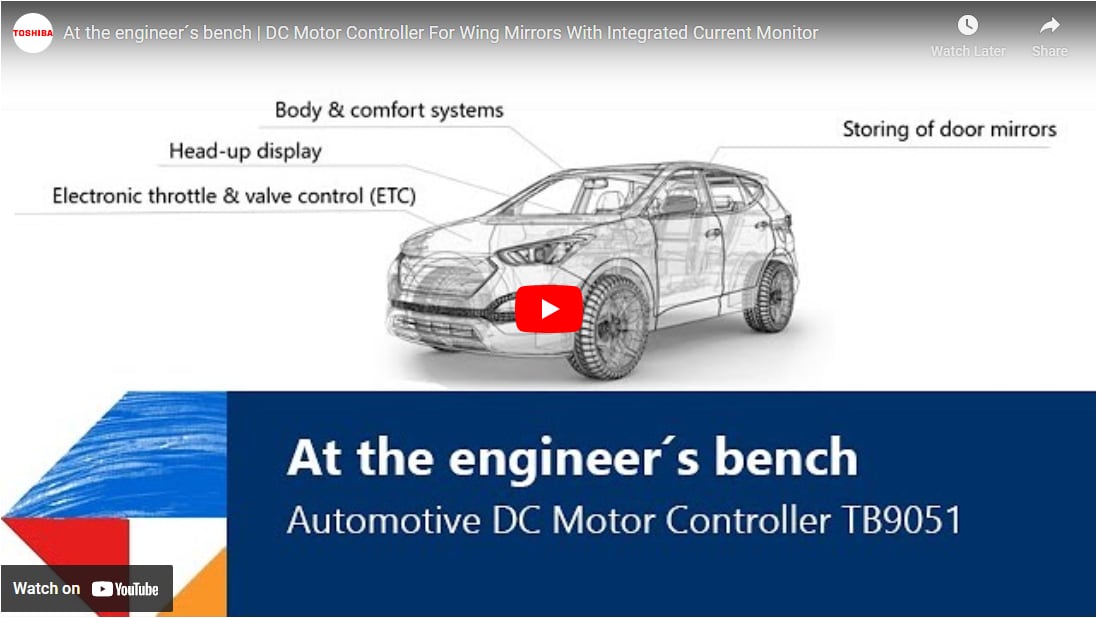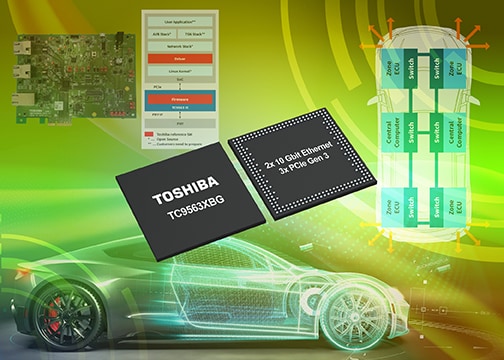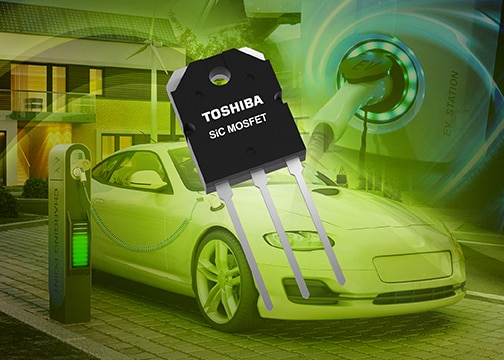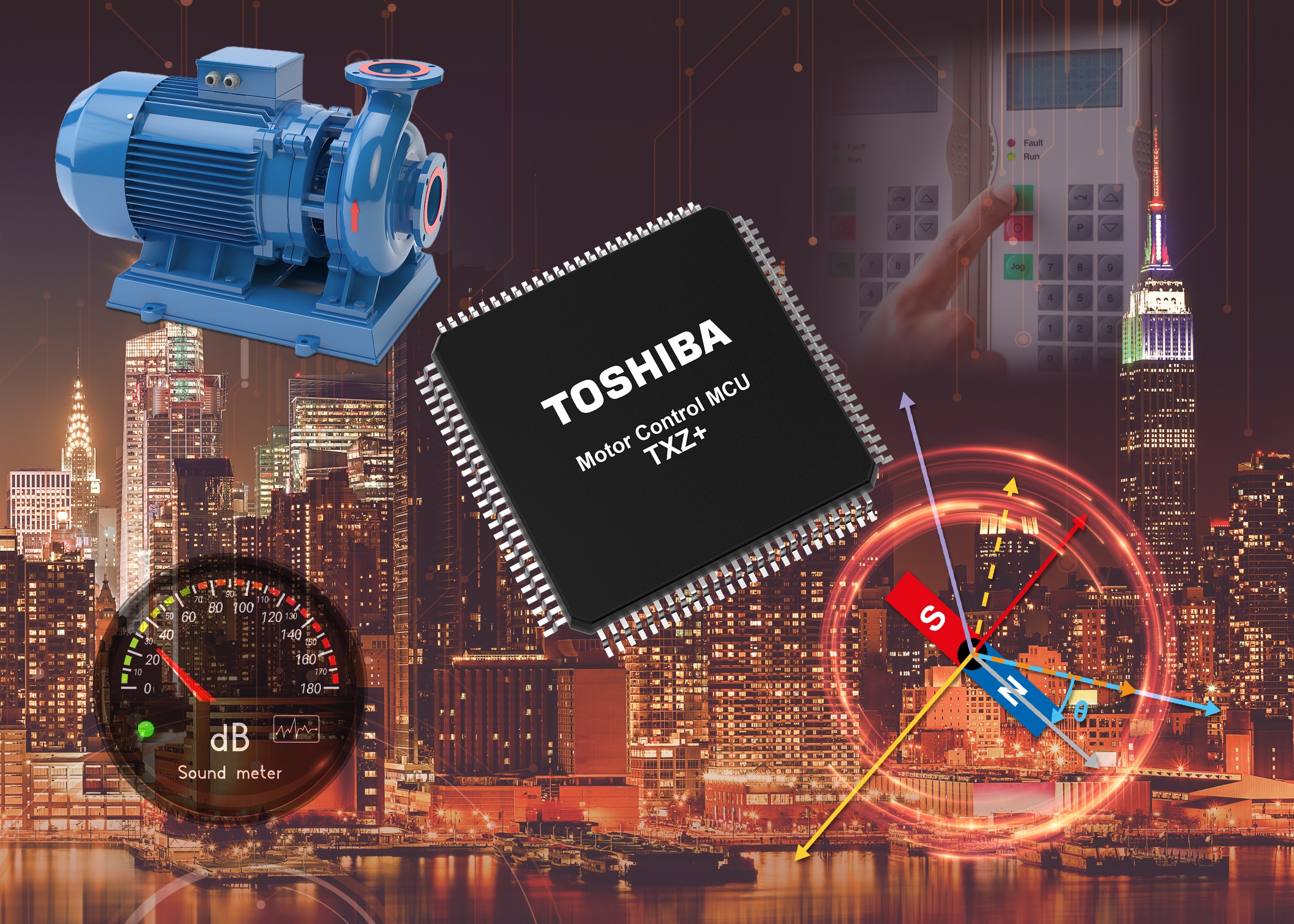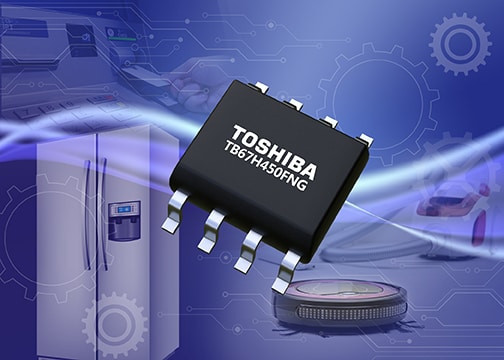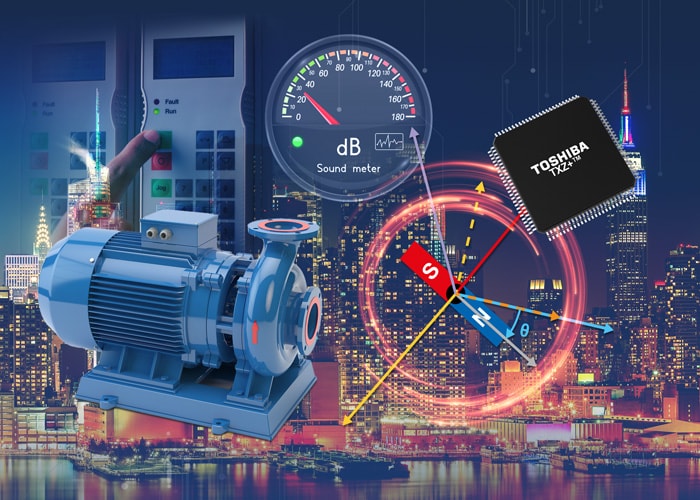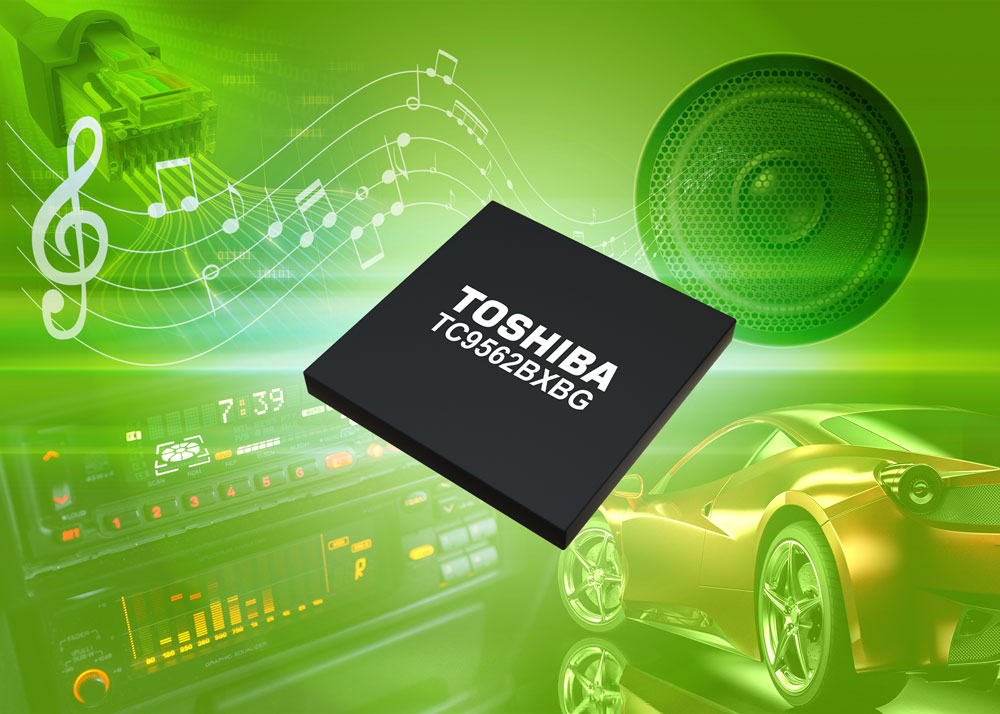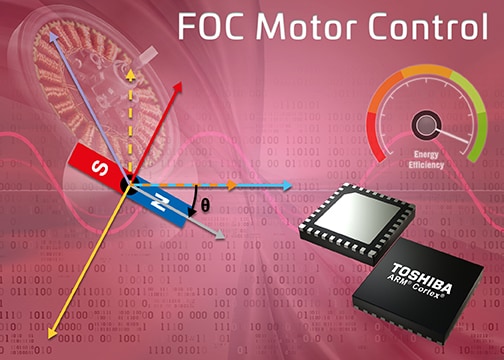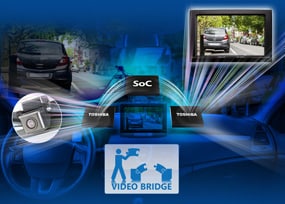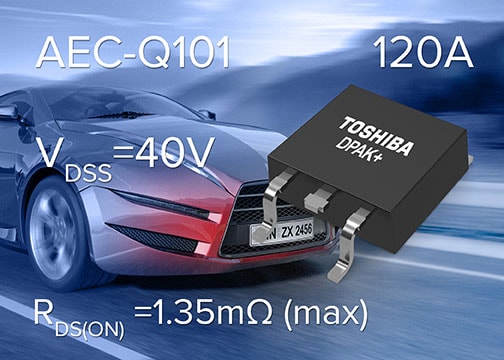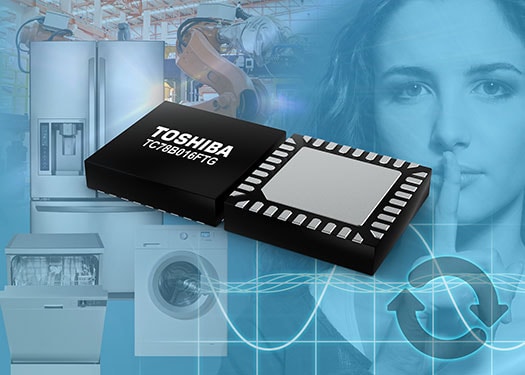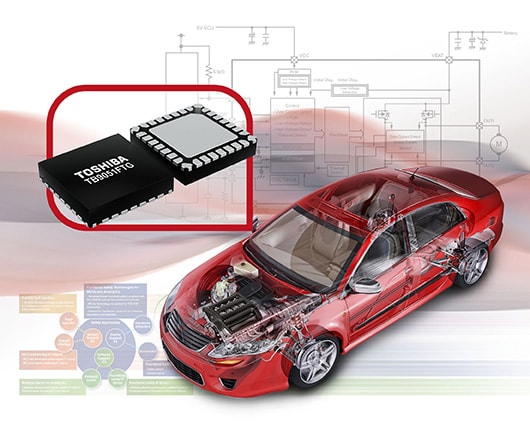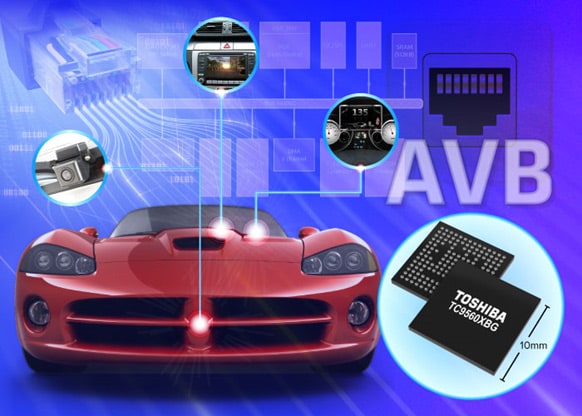- General Top
- SEMICONDUCTOR
- STORAGE
- COMPANY
-
My ToshibaSemicon
- Semiconductor Top
-
ApplicationsAutomotive
Body Electronics
xEV
In-Vehicle Infotainment
Advanced Driver-Assistance Systems (ADAS)
Chassis
IndustrialInfrastructure
BEMS/HEMS
Factory Automation
Commercial Equipment
Consumer/PersonalIoT Equipment
Healthcare
Wearable Device
Mobile
Computer Peripherals
-
ProductsAutomotive Devices
Discrete Semiconductor
Diodes
Transistors
Logic ICs
Analog Devices
Digital Devices
Wireless Devices
※
: Products list (parametric search)
Power SemiconductorsSiC Power Devices
※
: Products list (parametric search)
Isolators/Solid State RelaysPhotocouplers
Digital Isolators
Solid State Relays
Fiber Optic Transmitting Modules
※
: Products list (parametric search)
MOSFETsIGBTs/IEGTsBipolar Transistors※
: Products list (parametric search)
Diodes※
: Products list (parametric search)
MicrocontrollersMotor Driver ICsIntelligent Power ICs※
: Products list (parametric search)
Power Management ICsLinear ICs※
: Products list (parametric search)
General Purpose Logic ICsLinear Image SensorsOther Product ICsOther Product ICs
※
: Products list (parametric search)
-
Design & Development
Design & Development
Innovation Centre
At the Toshiba Innovation Centre we constantly strive to inspire you with our technologies and solutions. Discover how to place us at the heart of your innovations.
-
Knowledge
Knowledge
Highlighted Topics
Further Materials
Other
- Where To Buy
- Part Number & Keyword Search
- Cross Reference Search
- Parametric Search
- Stock Check & Purchase
This webpage doesn't work with Internet Explorer. Please use the latest version of Google Chrome, Microsoft Edge, Mozilla Firefox or Safari.
require 3 characters or more. Search for multiple part numbers fromhere.
The information presented in this cross reference is based on TOSHIBA's selection criteria and should be treated as a suggestion only. Please carefully review the latest versions of all relevant information on the TOSHIBA products, including without limitation data sheets and validate all operating parameters of the TOSHIBA products to ensure that the suggested TOSHIBA products are truly compatible with your design and application.Please note that this cross reference is based on TOSHIBA's estimate of compatibility with other manufacturers' products, based on other manufacturers' published data, at the time the data was collected.TOSHIBA is not responsible for any incorrect or incomplete information. Information is subject to change at any time without notice.
require 3 characters or more.
Streamlining DC Motor Implementation and Elevating Efficiency Levels in 10A-Rated Automotive Applications
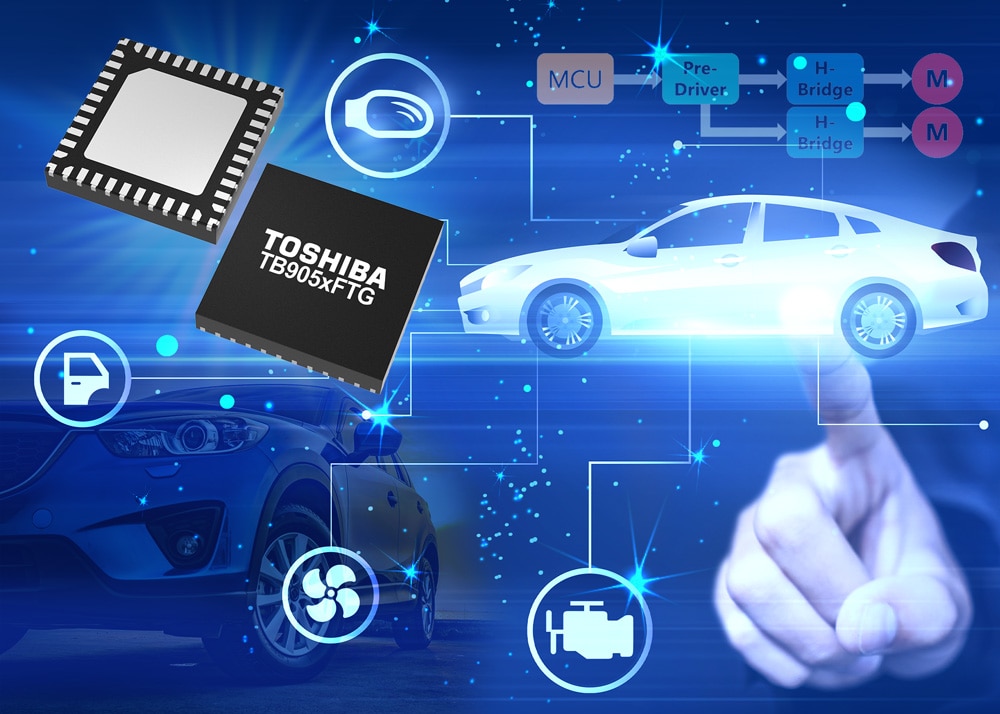
Though the pervasiveness of brushless DC (BLDC) motors is increasing all the time within a wide variety of different sectors, in an automobile context the value of brushed motors still remains clear. These devices present vehicle manufacturers with highly effective solutions delivering strong performance levels, while simultaneously occupying very attractive price points.
Brushed motors are more appropriate than BLDCs in situations where they are in use for only a relatively small proportion of the time. As well as door mirror positioning/folding systems, camera lid control mechanisms, grill shutters, electronic throttle control (ETC) and exhaust gas recirculation (EGR) systems, there are new applications where they are now starting to be employed. These include things like automated charging socket openers in electric vehicles (EVs), for example.
The bi-directional motor control necessary in the applications previously outlined is undertaken via a H-bridge circuit. The MCU is able to interface with the relevant electronic control units (ECUs) within the car through the in-vehicle networking infrastructure. It is provided with key diagnostic data from the pre-driver. The H-bridge drivers are responsible for delivering power to the motor.
To minimise board utilisation, keep the component count down and reduce the number of potential points of failure, there are pressures to integrate these parts together. Embedding the pre-driver into the MCU seems to make sense at first, but it goes against automotive engineers’ preferred tactic of design reuse. It means that a lot of additional coding and development work will be needed for each new implementation. By combining the pre-driver with the H-bridge instead, there will be far less coding to worry about.
Integrating two H-bridges and the pre-driver elements into a single device, even greater benefits can be derived - further reducing component count and saving more board real estate. This is the approach that Toshiba has taken with its AEC-Q100 compliant TB9053FTG and TB9054FTG driver ICs. Each of them consists of two N-channel DMOS H-bridge drivers. These can control two separate 5A motors or a single 10A motor when operated in parallel.
A white paper on this more integrated approach to electric motor control has been published by Toshiba and can be downloaded below:


